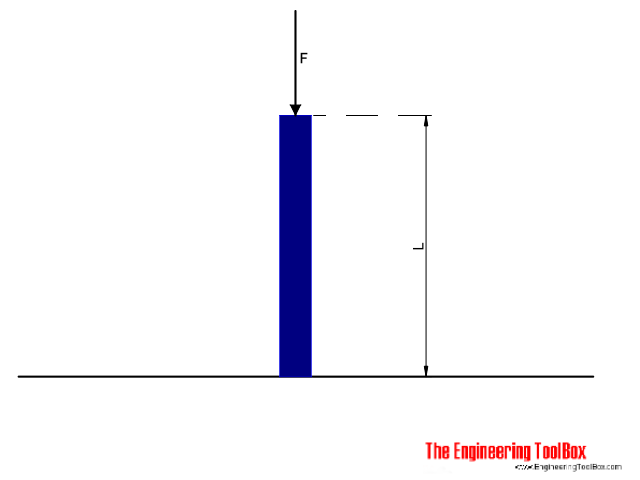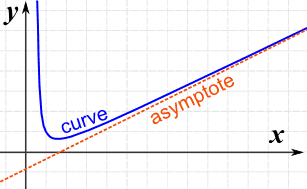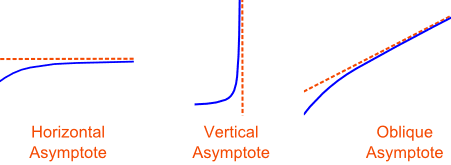The debate about monopoly will never be settled!
The standard economic case against monopoly is that, with the same cost structure, a monopoly supplier will produce at a lower output and charge a higher price than a competitive industry. This leads to a net loss of economic welfare and efficiency because price is driven above marginal cost - leading to allocative inefficiency.
The diagram below shows how price and output differ between a competitive and a monopolistic industry. We have assumed that the cost structure for both the competitive firm and the monopoly is the same - indeed we have assumed that output can be supplied at a constant marginal and average cost.

Assuming that the monopolist seeks to maximise profits and that they take the whole of the market demand curve, then the price under monopoly will be higher and the output lower than the competitive market equilibrium.








